Endemic to the United States, the squirrel treefrog (Hyla squirella) is an attractive native tree frog is native to the Coastal Plain of the American Southeast, ranging as far north and east as North Carolina (and possibly Virginia) all the way to Texas in the West, and everything inbetween and south. While they are generally some variation of bright green, many are brown, mottled, blotched or even the rare specimen that is a very pale yellow that comes very close to being white. One thing in common with all members of this species is a white (sometimes creamy yellow) stripe that runs from the upper lip to just before the hind leg, with a rusty-brown to reddish ear. Identification can be somewhat difficult as its close cousin, the green treefrog, Hyla cinerea shares much of the same range and habitat. Click on any image to enlarge.
Location: Big Cypress National Preserve, Southwest Florida
As far as most amphibians go, this 1″ – 1 1/2″ (23 to 37 mm) charismatic frog is officially listed as a species of least concern, and can be found in quite large numbers throughout its range. It seems that every time I flipped over my canoe in the backyard I’d have at least five of them hiding under the gunwales. Even if you don’t actually see them, you can certainly hear them “loud and clear” if you happen to be near a pond or swamp, where the water is clean and slow-moving. This is where eggs are laid, insects are plentiful, and there is plenty of cover to hide from birds such as herons and egrets, young alligators, and snakes.
Location: Big Cypress National Preserve, Southwest Florida
Location: Fakahatchee Strand, Southwest Florida
Primarily nocturnal, the squirrel treefrog hunts at night when insects are most abundant. Like all frogs in the Hyla genus, it will eat just about anything it can catch and fit in its mouths. Typical prey items include ants, termites, beetles, crickets, mosquitos, spiders, etc. Tadpoles (the newly hatched young) are particularly voracious and will consume anything they can overpower.
Location: Big Cypress National Preserve, Southwest Florida
Breeding occurs in late spring and summer, when afterwards the female will deposit up to 1000 eggs singly or in pairs accompanied by the male who fertilizes them. Then the young are left on their own. Many are eaten, but the lucky ones who survive and avoid predation can potentially live for up to eight or more years, ensuring at least several mating seasons to propagate its own kind.
Location: Big Cypress National Preserve, Southwest Florida
Squirrel treefrogs have a very important and even critical part to play in the wetland ecosystem. They eat an enormous number of insects, which in turn creates a large population of frogs for larger predators to feed upon. This part in the food chain is essential for a balanced and healthy system where all benefit. Without these frogs, we most likely would see less breeding snakes, alligators, large fish, birds, etc. which would lead to degraded habitats, too much vegetation, poor water quality with too much algae, too many mosquitos and in the end a virtual desert where a healthy and active ecosystem with lots of wildlife diversity should be. Want to find out more about frogs and the challenges they are facing in today’s world? Please visit SAVE THE FROGS.
Amphibians Photo Gallery
Sharing and commenting via the social media links below will help me greatly, and is much appreciated.
Thank you in advance!
ALL IMAGES AVAILABLE FOR PRINT OR DIGITAL DOWNLOAD!

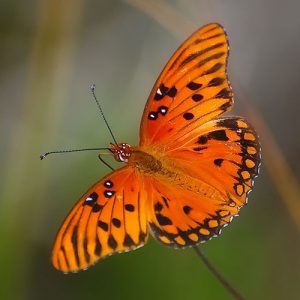
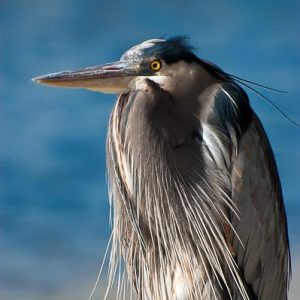
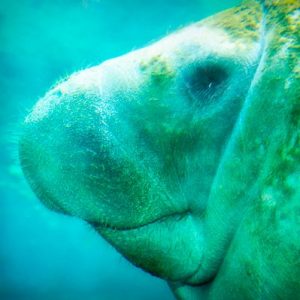
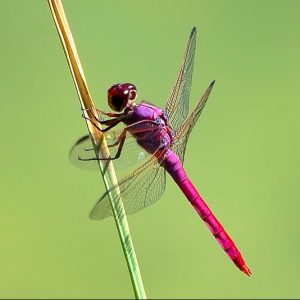
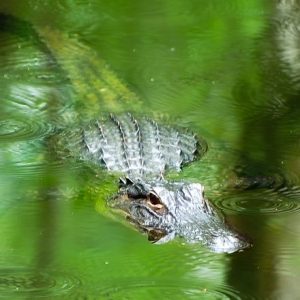
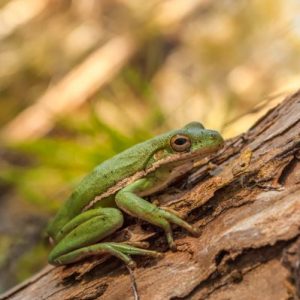
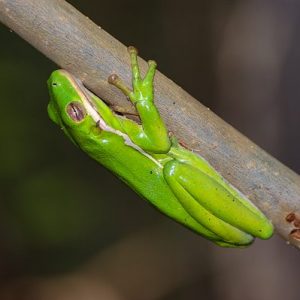
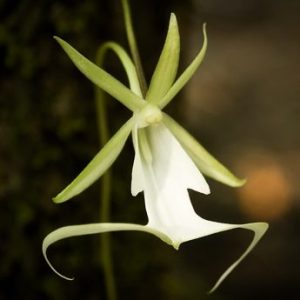
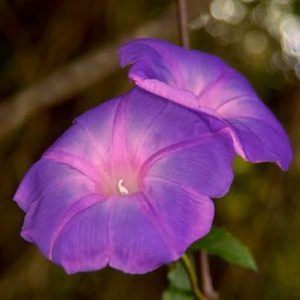

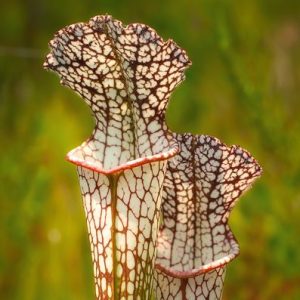
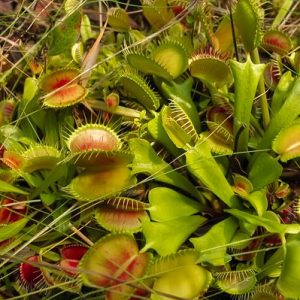
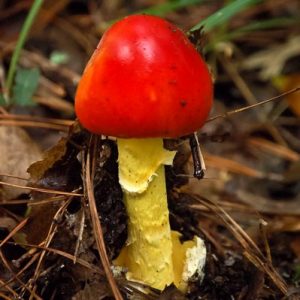
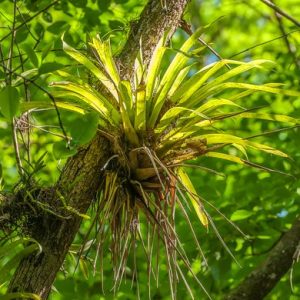
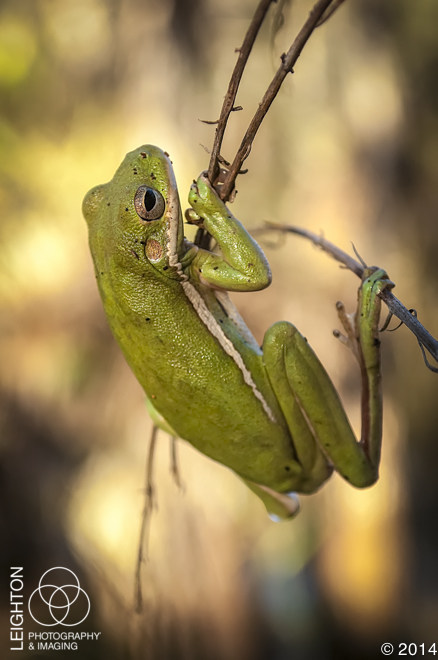
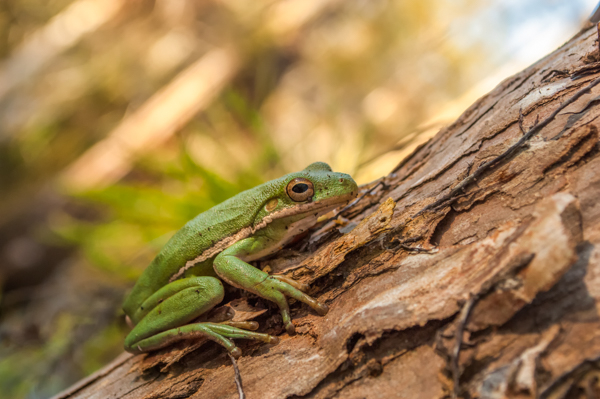
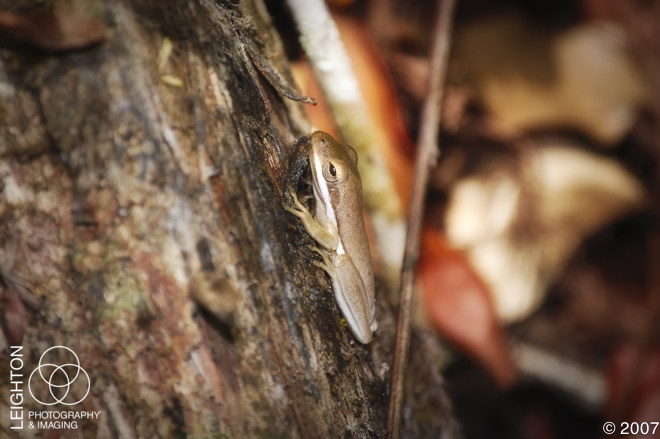
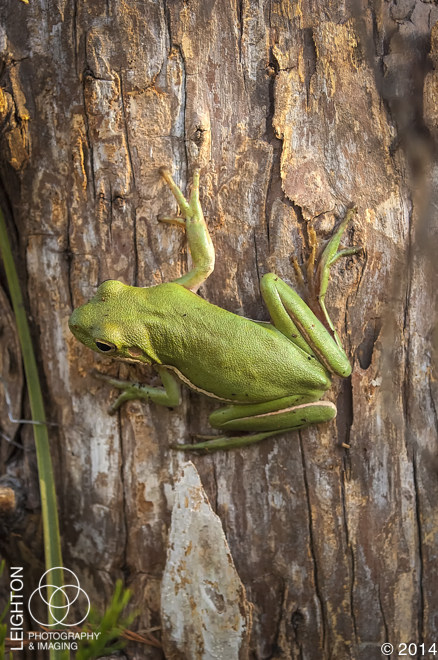
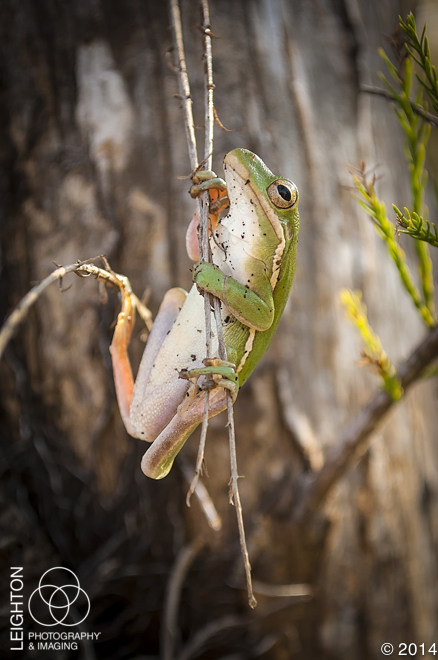
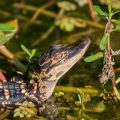
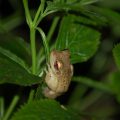
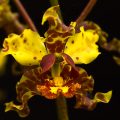
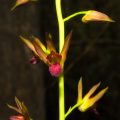
0 Comments